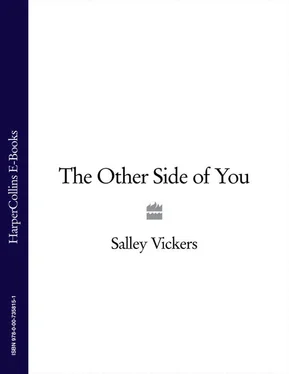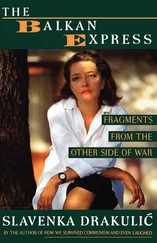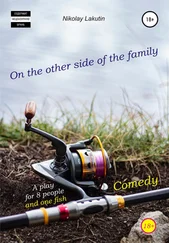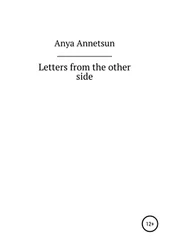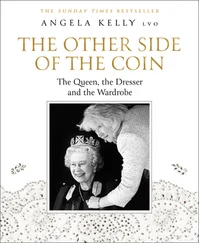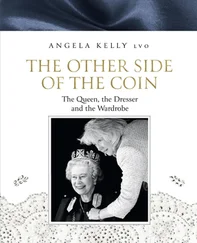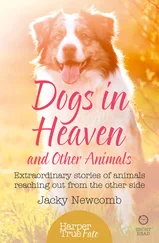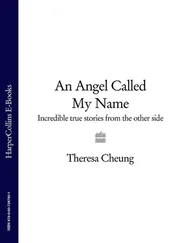In any event, I would tend to spend the first session with any new patient asking pretty mundane questions, hoping I was absorbing the myriad clues which human beings give off even in the simplest transactions: the set of the head, or the jaw, or the shoulders, the arms folded or relaxed, the play of the hands, the flicker of the eyelids, the pallor of the skin, the way the feet make contact with the ground, the pitch of the voice—crucial, for me, I find—the choice of vocabulary, the pace and cadence of the words, how the eyes would meet yours or look away. I could go on: the way the shirt is tucked into the trousers, or skirt, the colours and textures of the fabrics, the way the hair is worn, lipstick, nail varnish, earrings, aftershave, scent, shoes, the telltale signs of smoking, and drinking, the timbre, and frequency, of the laugh, the moisture in the eye, or on the skin, the posture in the chair, the poise of the head, the questions asked, or not asked—particularly not asked.
These signs are all registered subliminally so I have no note of my first meeting with Mrs Cruikshank. Except that I am sure that I asked about her name. Her forename, as I read on her file, was Elizabeth. But when I asked her if she was ‘Liz’, because it’s important to get the name straight from the beginning, she said, in a tone which I can still hear across all the intervening years, ‘No, Elizabeth.’
And there was another thing, though I can’t say I noticed it at our first meeting. She must have had a bag with her because once I had seen more of her I observed she was never without it. A brown leather bag, not bulky, more like a small-sized music case. Although, necessarily, she had to put it down she always made sure to keep it close by.
OLIVIA WAS RIGHT ABOUT MY FIRST IMPRESSIONS OF PEOPLE being at sea. But my second impressions, though I say it myself, are often spot on. I had a habit I’d picked up from Gus Galen, who supervised my analytic training. He told me that all he needed to know about a patient could be written down on a postcard. When a course of treatment finished he said he often looked back and saw that everything that had been uncovered could be discerned in what he had noted there. ‘It’s all in how you interpret information,’ he added. ‘It can take years to understand in your head what your gut knows from the start.’
So I do have a record of the next occasion I met Elizabeth Cruikshank since it was after that meeting that I made my notes. I no longer have access to any official files, and anyway I imagine the bulk of my case histories have either long gone through the shredder or are part of a disconnected account on some NHS database. But of my private postcard distillations there are a few I’ve chosen to retain.
Looking now at the card headed ‘Cruikshank, Elizabeth’, I see handwriting which is recognisably mine but bears the marks of someone younger. The letters are more capacious and better formed, as if my script has shrunk in proportion to my person. Nowadays, I’m conscious that my five feet eleven inches has dwindled, but the worst thing about ageing is not the physical diminishment. My belief that I am equal to ordinary events and encounters is beginning to be eroded. I am apprehensive now over matters that would have been unimaginable to me then: of trains, and timetables, major road junctions and mobile phones; that my plumbing will break down—and my bladder; that I will be locked out of my house; that along with my keys I may lose my mind. And, of course, my presence in the world has always had a touch of the provisional about it.
But then, as it seems to me now, from my present vantage point, I was in the thick of things. It is a commonplace that it is part of life’s tragedy that while it must be lived forwards it can only be understood backwards; but maybe it can only be appreciated backwards as well. In any case, in those days I had some sort of notion that I knew what I was doing. Perhaps without that feeling we can’t survive.
There’s a party game in which someone goes out of the room and those left pick a member of the group whose identity is gradually revealed through answers to the ignorant interlocutor’s questions: If X were a film what film would he or she be? If a book what book? If a colour, car, item of clothing, meal, country, dog, flower, painting…? And so on. I don’t know when it was that I found that this was a handy device for formulating an impression of the person whose essence I was in a sense trying to discern. After a couple of meetings I would jot down, for example, ‘red, ferret, Jane Eyre’, or ‘bulldog, jeep, Ian Fleming’, you get the idea. I used this as a kind of shorthand to myself, a way of setting in my mind the co-ordinates of the personality I would be sitting with.
The postcard I’m looking at is a little dog-eared and faded but the writing is firm. The comments are few:
Cruikshank, Elizabeth.
Suicide.
Elegant. Guarded.
Attractive voice. Quiet.
Azure blue. Swallow.
A hinterland person.
Beside the word ‘Swallow’ the initials ‘JA’ have been crossed out.
Another lesson I learned from Gus was to ask, ‘What do I want to do with this patient?’ Not, as he was at pains to point out, should or may I do, or even can I do, but what, in a world without consequences, do I want to do? In theory, this could produce some disturbing answers, though the number of shrinks who actually want to have sex with their patients is fewer than you might imagine. But it’s not unusual to want to hold or hug or touch the hand or shoulder of those we feel for, even in circumstances where to feel for another’s pain is not an inherent part of what is expected of us. Most doctors, if they permitted themselves, would admit to those normal, everyday human impulses which the nature of the work obliges us in practice to check.
Such inclinations take more intangible forms, too. At that time, Jane Austen was my staple reading, a bulwark, I dare say, against my more disturbing professional encounters. For me to think of someone as a character in Jane Austen was a compliment. But, truth to tell, psychiatric patients are not really Jane Austen people. The Austen world has its quota of narcissists, hypochondriacs, low-grade psychotics and the marginally depressed. But none would fetch up in a psychiatric unit. What the postcard, with the crossed-out initials of my favourite novelist, reveals to me now is that here was someone who, from the first, counted for me, and counted enough that I associated her with my own inner world.
My room at St Christopher’s was a pleasant one, overlooking the back garden, and the chairs were arranged to ensure a view both for myself and my patients. In my mind’s eye, I see Elizabeth Cruikshank, looking out at a quince tree. This tree was a refugee from the days when this part of the hospital was a substantial private house, with the kind of garden that included orchards and well-stocked herbaceous borders. Most of this land had been sold off and was now taken up by the blocks of flats surrounding the hospital, whose inhabitants made occasional protesting petitions at being obliged to live cheek by jowl with the mentally disturbed. The beds at the front of the hospital had, by this time, acquired a municipal look: lobelias and scarlet salvias. But where a corner of the original gardens had been annexed, a couple of the old fruit trees had been preserved.
In spring, the quince was lit with a pale pink translucent blossom, but it wasn’t spring when Elizabeth Cruikshank and I met. That autumn the south coast was experiencing unusually foul weather. She arrived regularly and on time, lowered herself, in a way which suggested extreme fragility, into the blue brocade chair which was once my mother’s, and sat, as the wind whipped the branches of the old quince, saying nothing but staring out at the tree, which seemed to hold for her a persistent fascination.
Читать дальше
